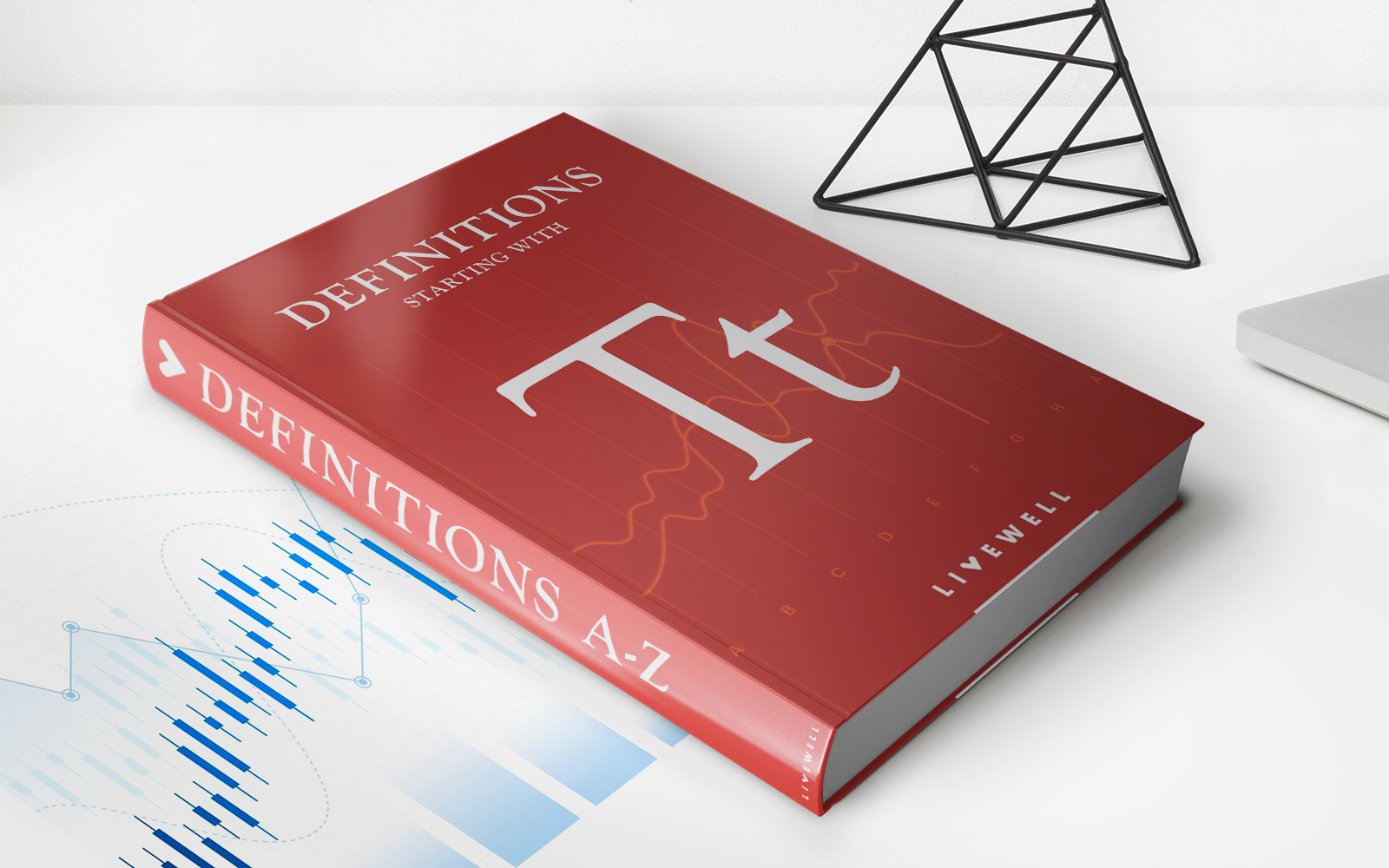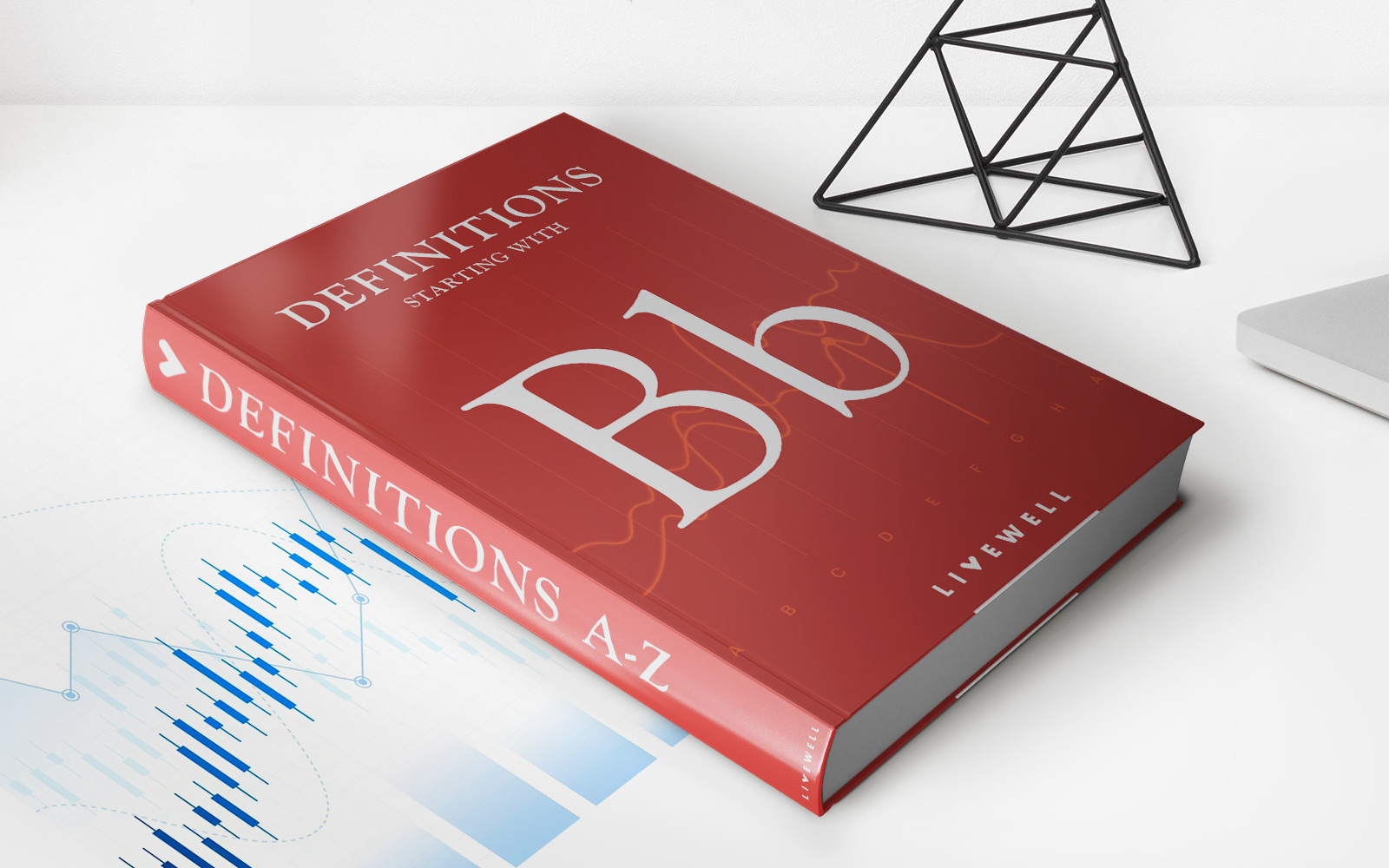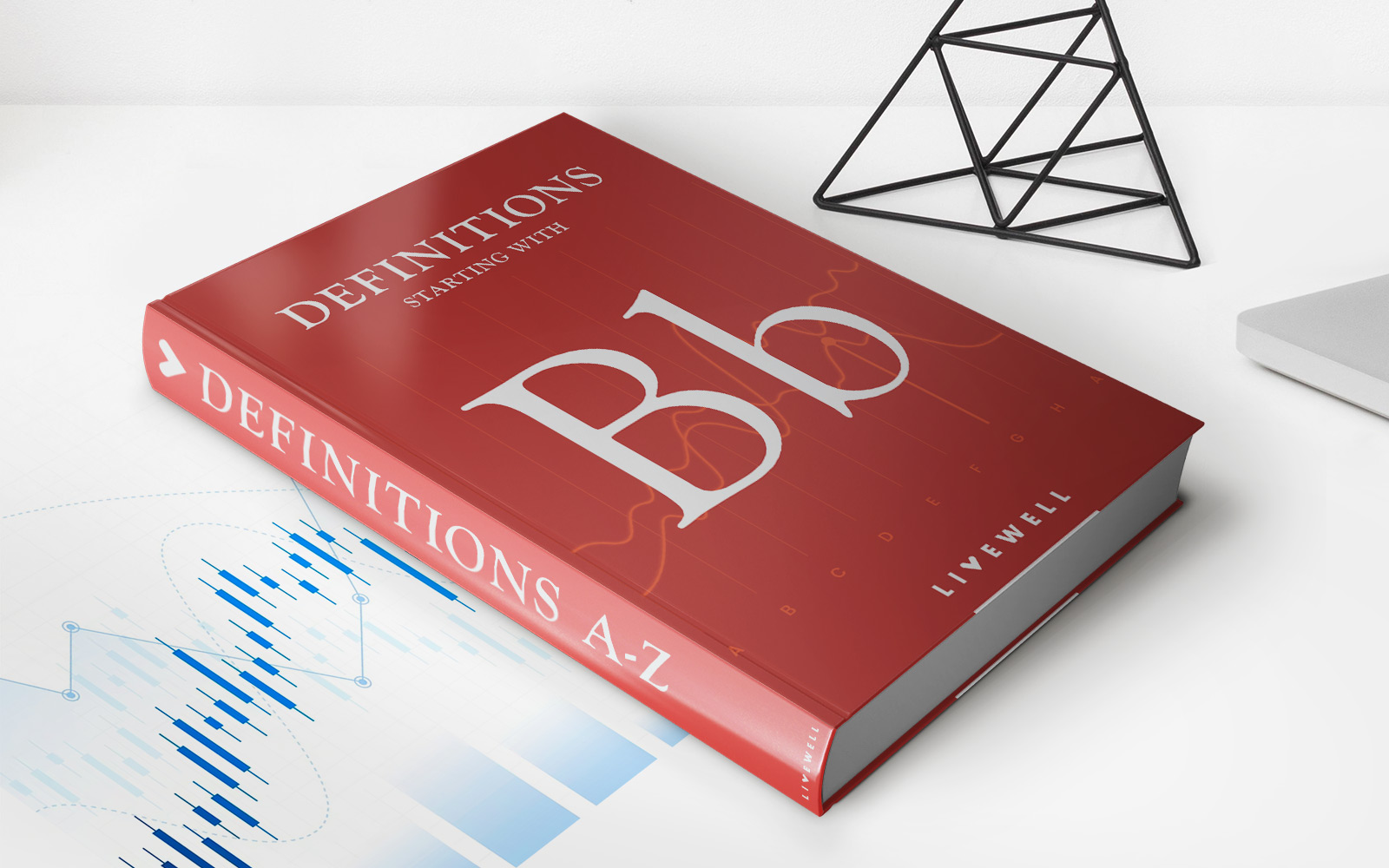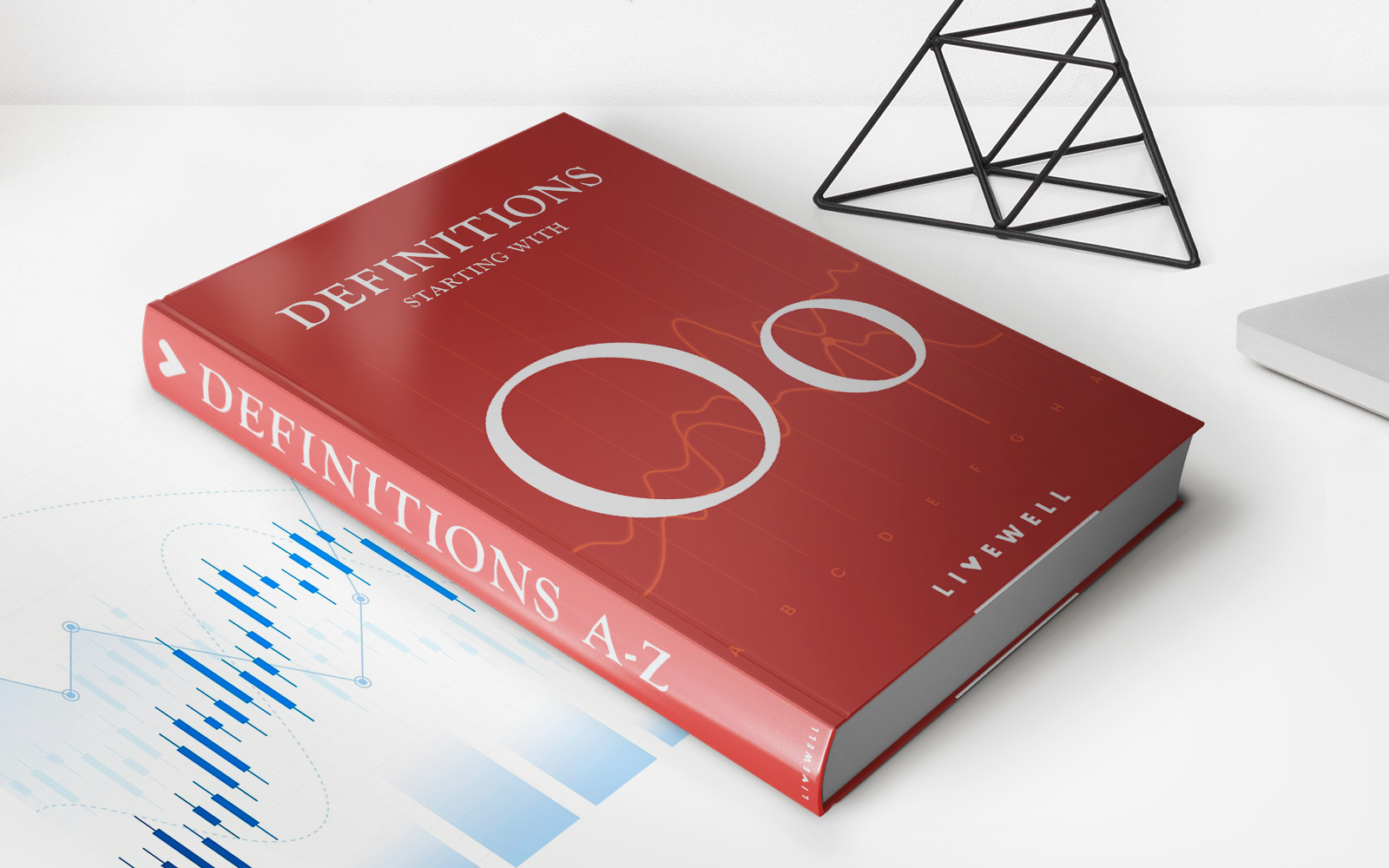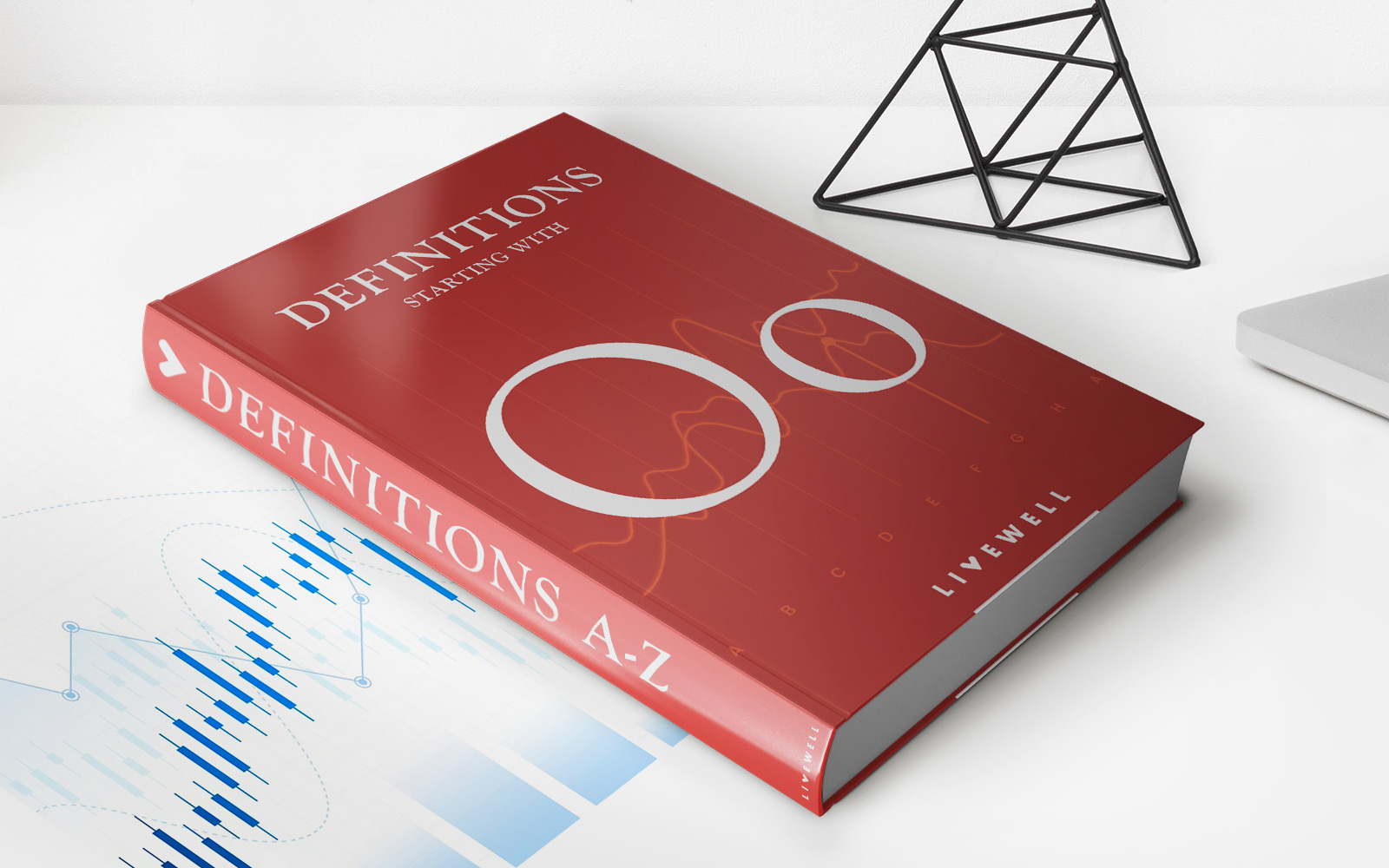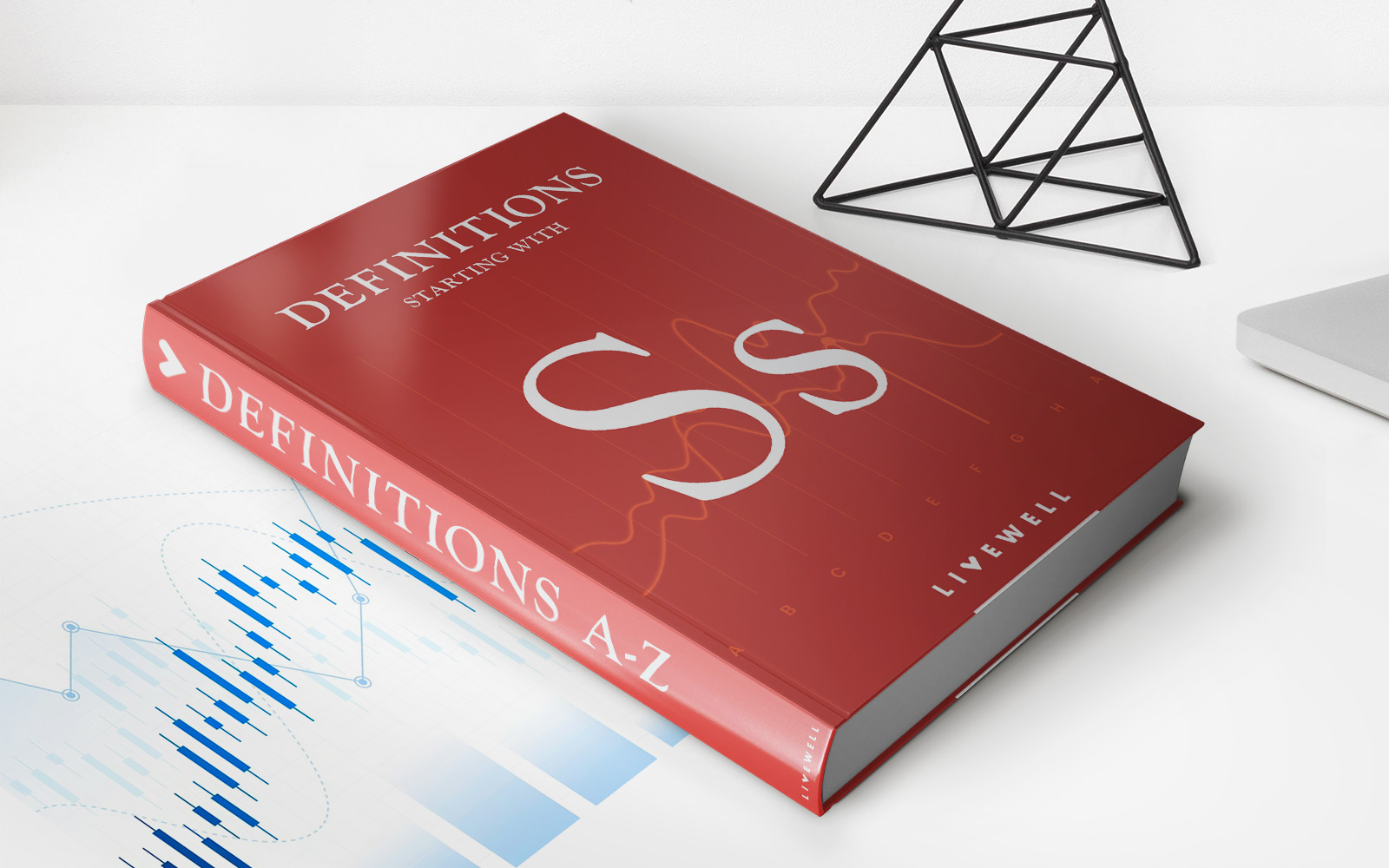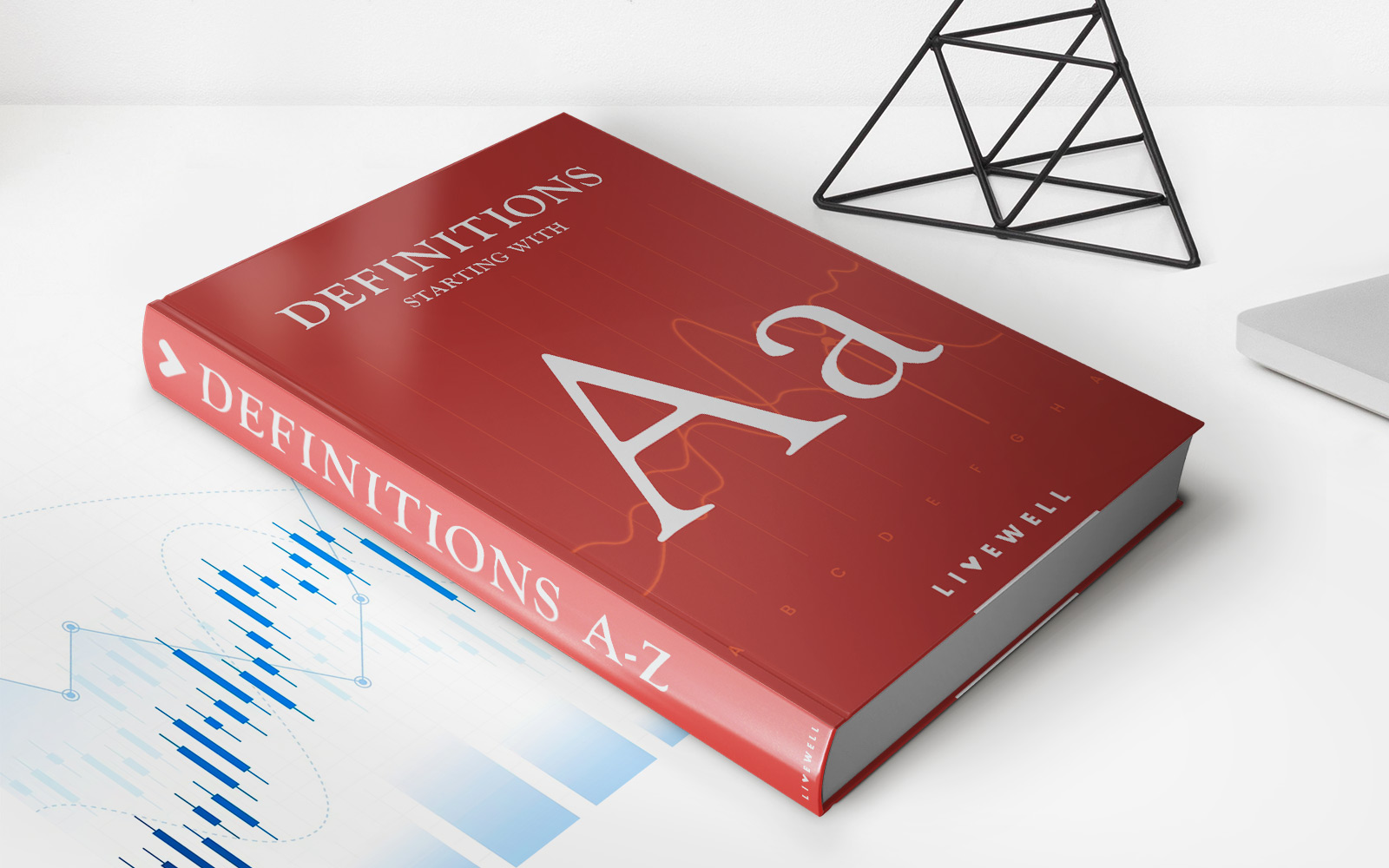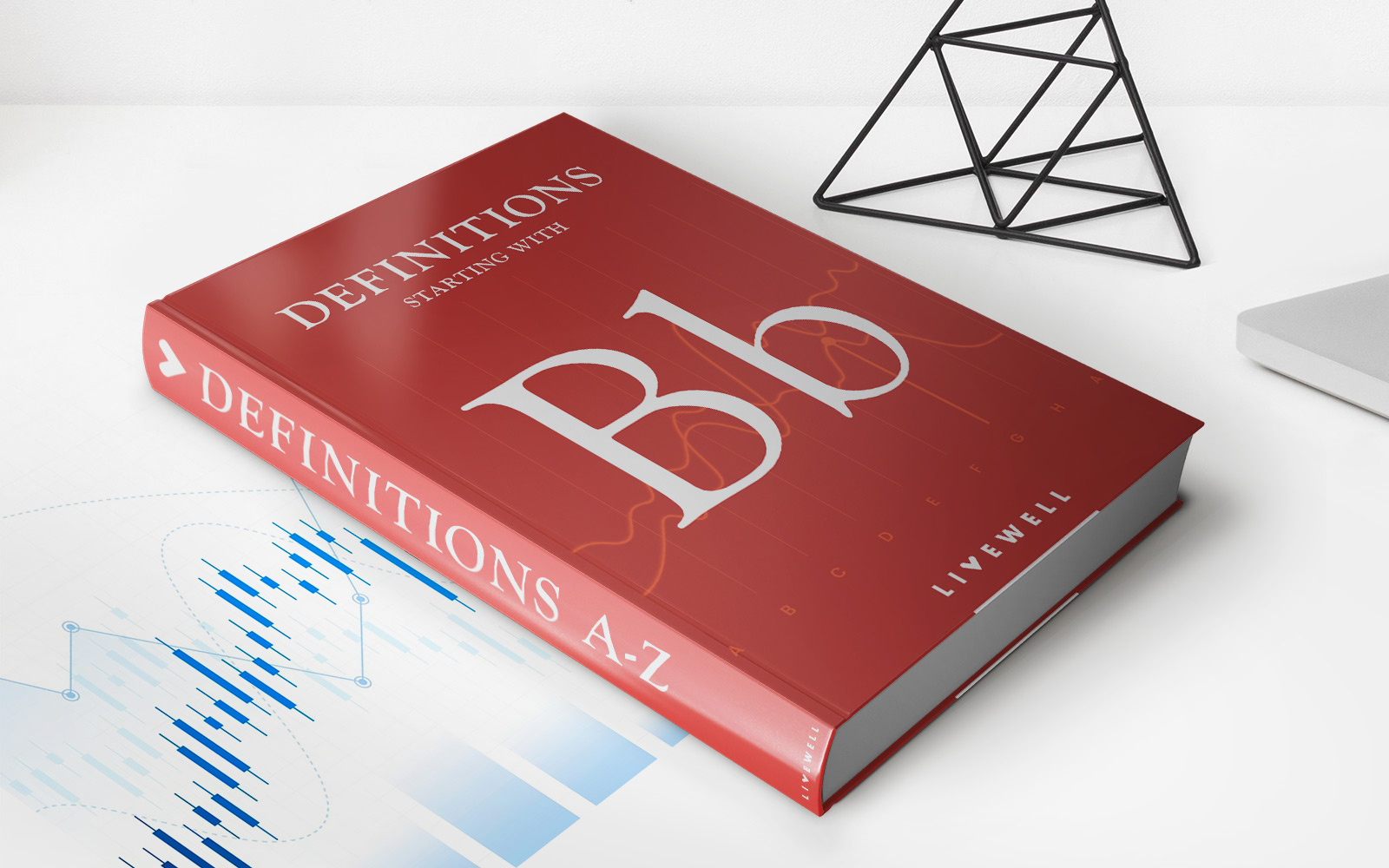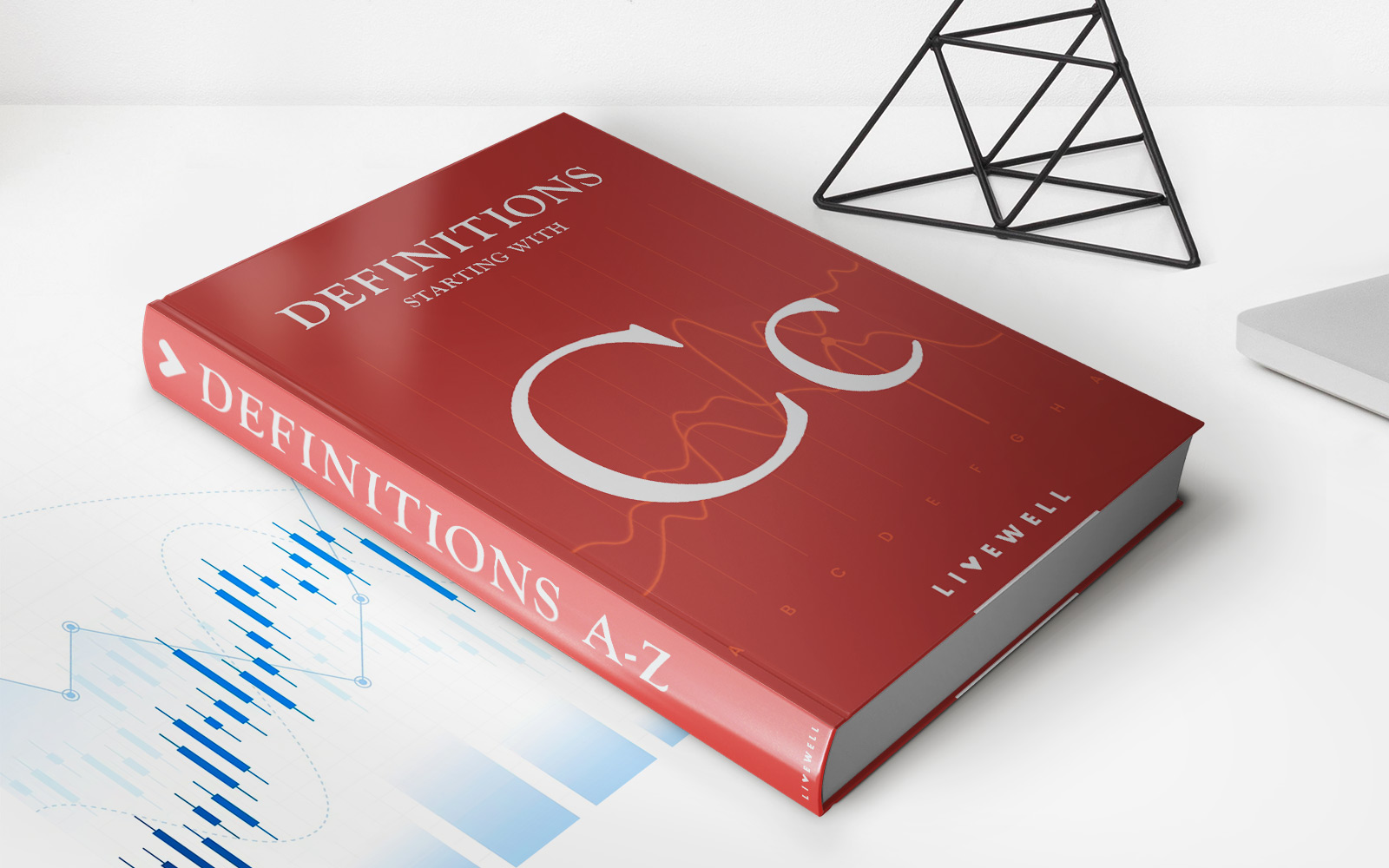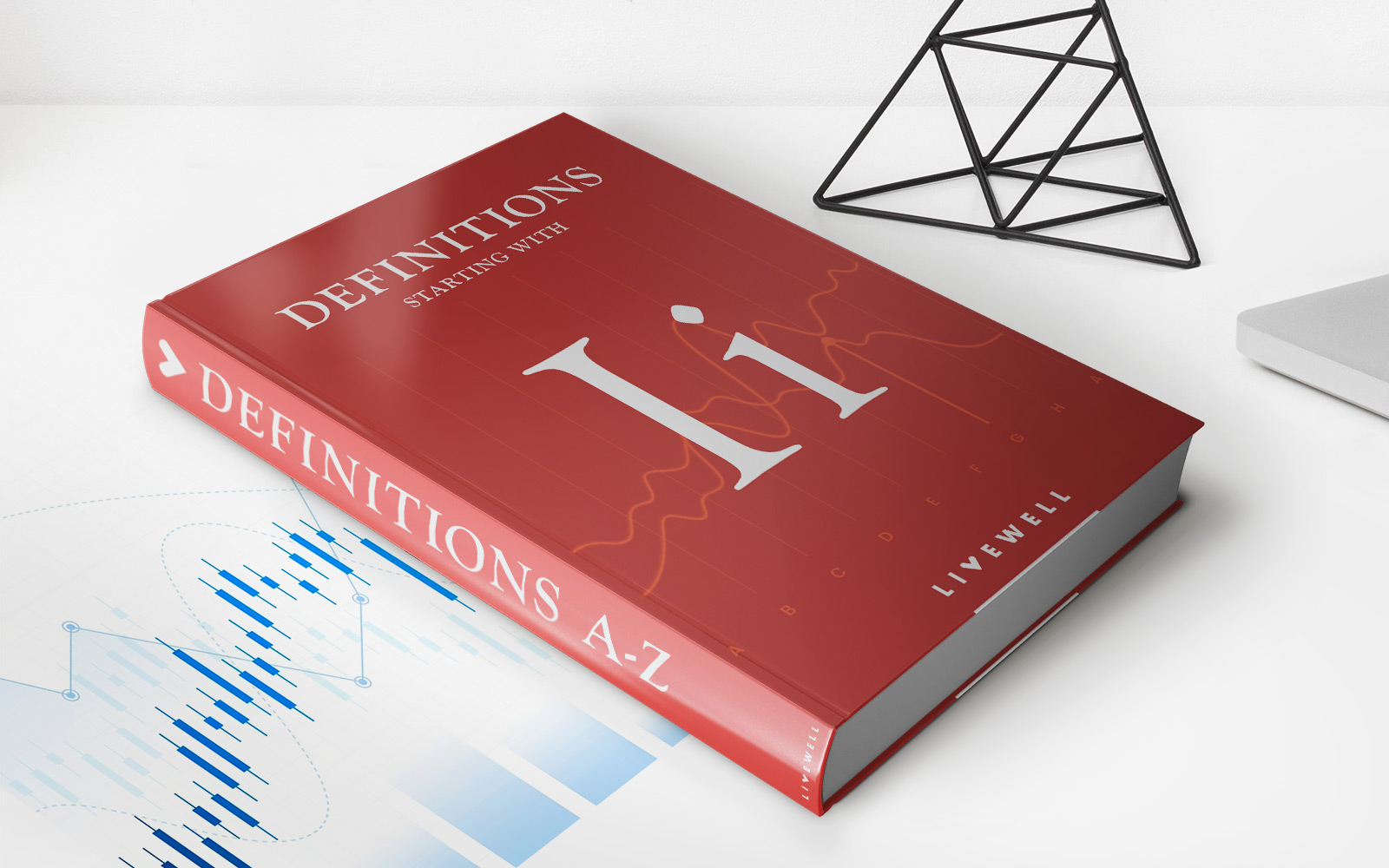Home>Finance>Open Trade Equity (OTE): Definition, Uses, And Examples

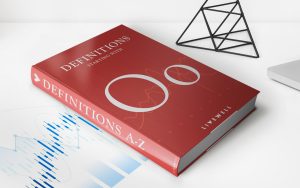
Finance
Open Trade Equity (OTE): Definition, Uses, And Examples
Published: January 3, 2024
Discover the meaning, applications, and illustrations of Open Trade Equity (OTE) in finance. Explore how OTE can be utilized to maximize your financial goals.
(Many of the links in this article redirect to a specific reviewed product. Your purchase of these products through affiliate links helps to generate commission for LiveWell, at no extra cost. Learn more)
Understanding Open Trade Equity (OTE)
When it comes to navigating the world of finance, there are many terms and concepts that may seem complex and overwhelming. One such term is Open Trade Equity (OTE). In this article, we will break down the definition of OTE, explore its uses, and provide real-world examples to help you better understand this important concept.
Key Takeaways:
- Open Trade Equity (OTE) represents the unrealized profit or loss on open positions in a financial instrument.
- OTE can fluctuate based on market conditions and can be used by traders to gauge the potential profitability of their open positions.
What is Open Trade Equity?
Open Trade Equity (OTE) is a term used to describe the unrealized profit or loss on open positions in a financial instrument. In simpler terms, it is the potential gain or loss on trades that have not yet been closed. OTE is an important metric for traders as it helps them assess the profitability of their open positions in real-time.
OTE is calculated by taking the difference between the current market value of an open position and its initial cost. If the current market value is higher than the initial cost, the OTE will be positive, indicating a potential profit. Conversely, if the market value is lower than the initial cost, the OTE will be negative, indicating a potential loss.
Uses of Open Trade Equity
The concept of Open Trade Equity is widely used in various financial markets, including stocks, forex, options, and futures. Here are some of the key uses of OTE:
- Assessing Profitability: OTE allows traders to gauge the potential profitability of their open positions. By monitoring the OTE, traders can make informed decisions on whether to hold onto a position or close it to lock in the profits or limit the losses.
- Portfolio Management: OTE can also be used to manage an overall investment portfolio. By considering the OTE of all open positions collectively, traders can rebalance their portfolio or adjust their positions to optimize their overall returns.
- Market Analysis: Analyzing the OTE of a particular financial instrument can provide valuable insights into market trends and sentiment. Traders can use this information to identify potential trading opportunities and make informed decisions based on market conditions.
Examples of Open Trade Equity
Let’s consider a few examples to illustrate how Open Trade Equity works:
- Example 1: John purchases 100 shares of XYZ Company at $50 per share. The current market price of XYZ Company’s shares rises to $60 per share. In this case, the OTE would be ($60 – $50) * 100 = $1,000, indicating a potential profit of $1,000 on the open position.
- Example 2: Sarah sells short 200 shares of ABC Corp. at $75 per share. Unfortunately, the market price of ABC Corp. rises to $85 per share. In this scenario, the OTE would be ($85 – $75) * 200 = -$2,000, indicating a potential loss of $2,000 on the open position.
These examples highlight how OTE can fluctuate based on market conditions and impact the potential profitability or loss of open positions.
In Conclusion
Open Trade Equity (OTE) is a crucial concept to understand for traders and investors in the financial markets. By providing insight into the potential gains or losses of open positions, OTE allows traders to make informed decisions, manage their portfolios effectively, and analyze market trends. Whether you are a seasoned trader or just starting, understanding OTE is a valuable skill that can greatly enhance your financial decision-making process.
